Carson Wiebe
Advisor: Lancelot Coar
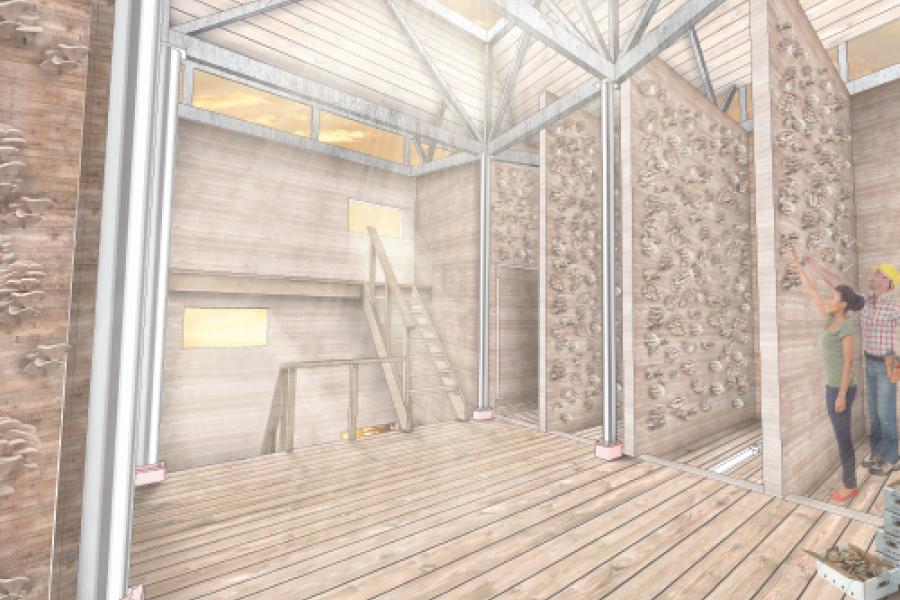
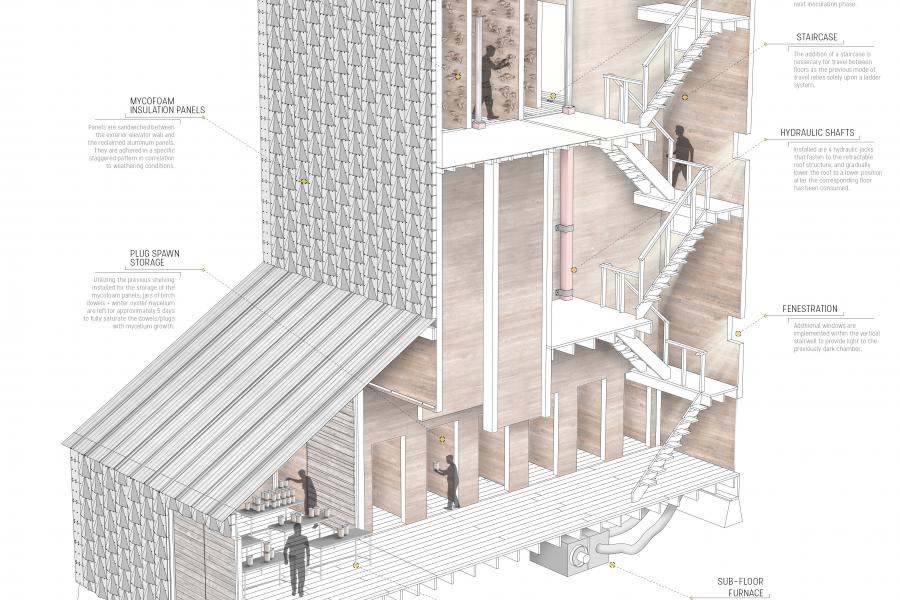
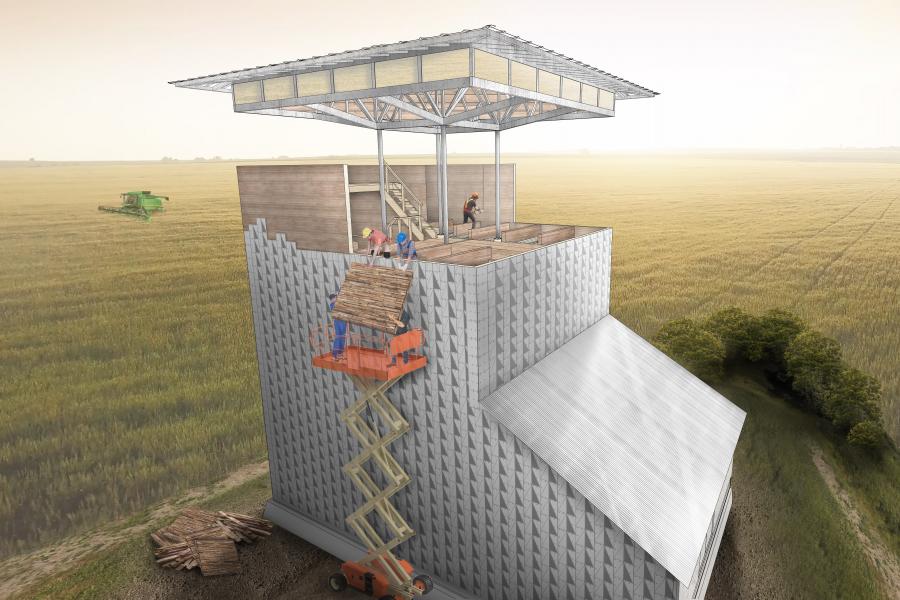
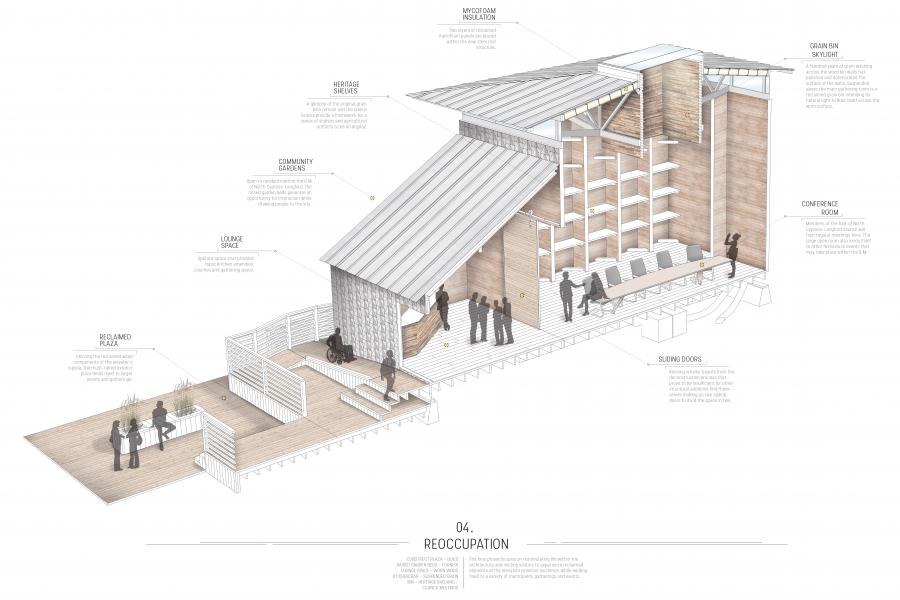
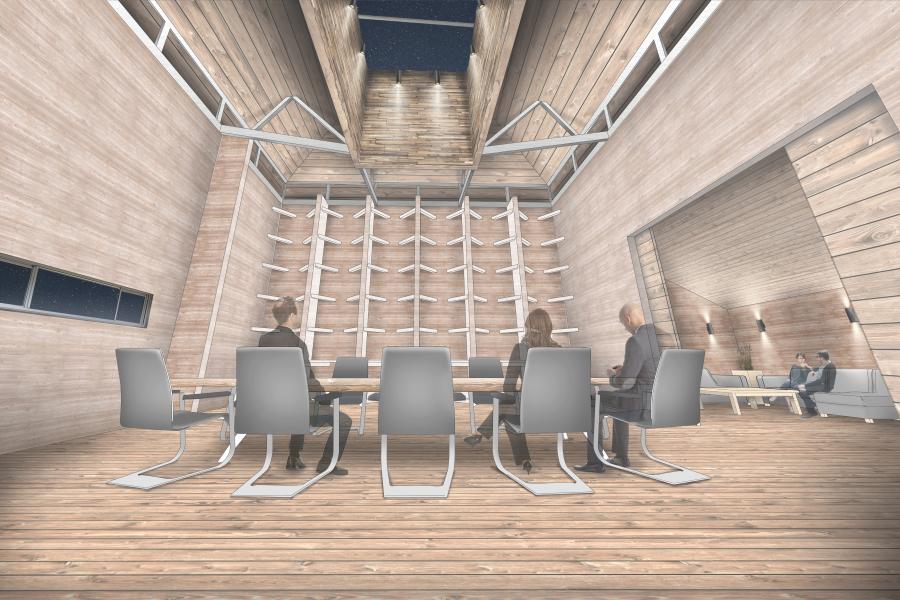
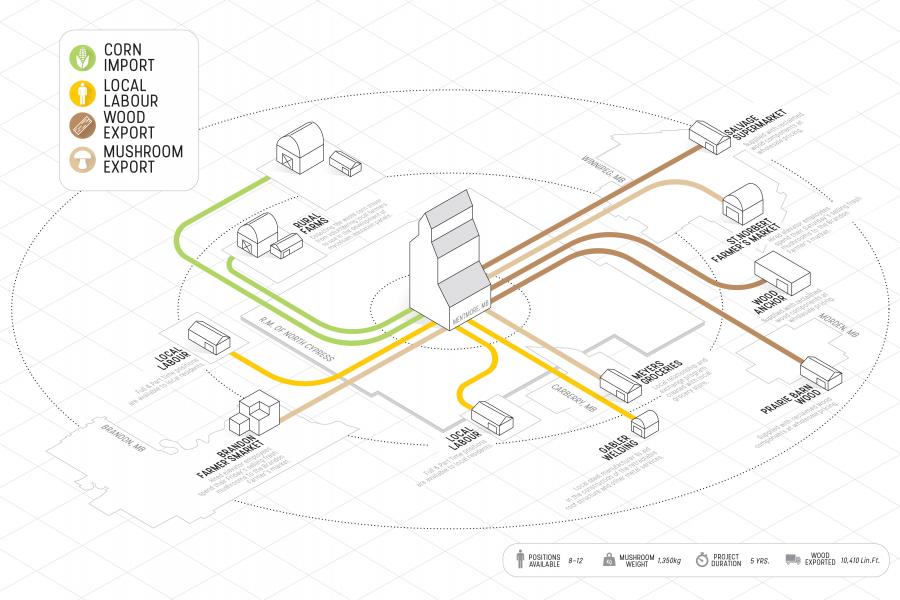
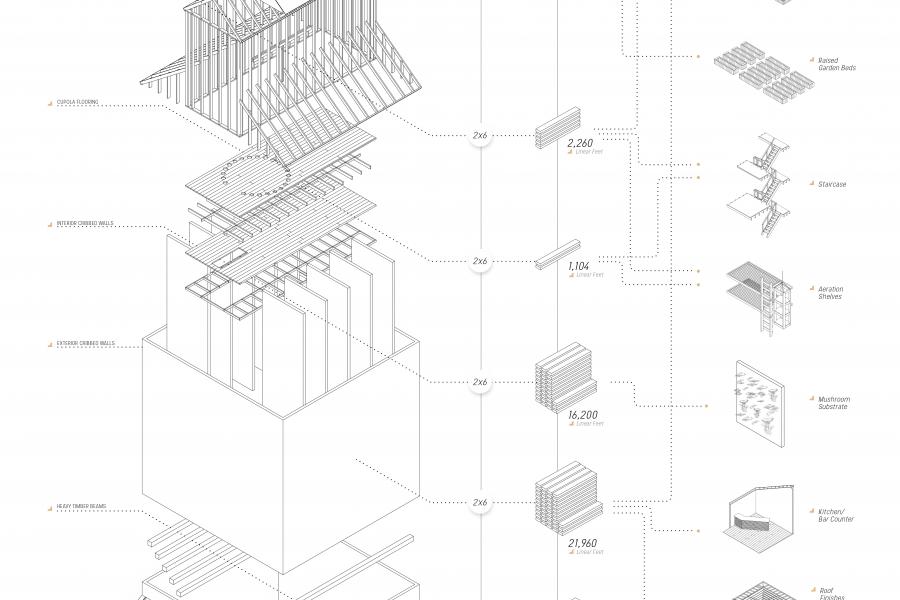
Entropic Behaviours and the Pastoral Realm
The wood-crib grain elevator, designed and utilized as a commercial machine, casts a pivotal role in Canada’s agricultural and architectural history. As Canadian grain industries consolidated, railways diminished and agriculture equipment/technologies advanced, many small farms and rural residents relocated themselves to nearby cities in search of other employment. Left behind is the architectural legacy of Canadian agriculture and a historical symbol representing a time of prosperity within rural communities. Considering the predominantly flat and horizontal landscape of the prairies, the authoritative vertical presence of the elevators once saturated the pastoral landscape for over a century. Inevitably, like all architecture, the notions of time, entropy, and temporality coinciding with aspects of human neglect and abandonment has seen these structures fail to resist the thermodynamic forces of nature. As they remain, stripped of purpose and value, nature has begun to take its course and erode, decay and reclaim these preconceived resilient giants into a much more vulnerable state of existence. Simultaneously, many villages and rural communities, both economically and architecturally, are in the latter phases of the entropic evolution struggling to remain as intended. This thesis will begin to discover the entropic effects experienced in the pastoral realm, the potentials or opportunities realized in reimagining the obsolete, and begin to question what role architecture has when it no longer resists entropy, but rather it is submissive to its conditions.
